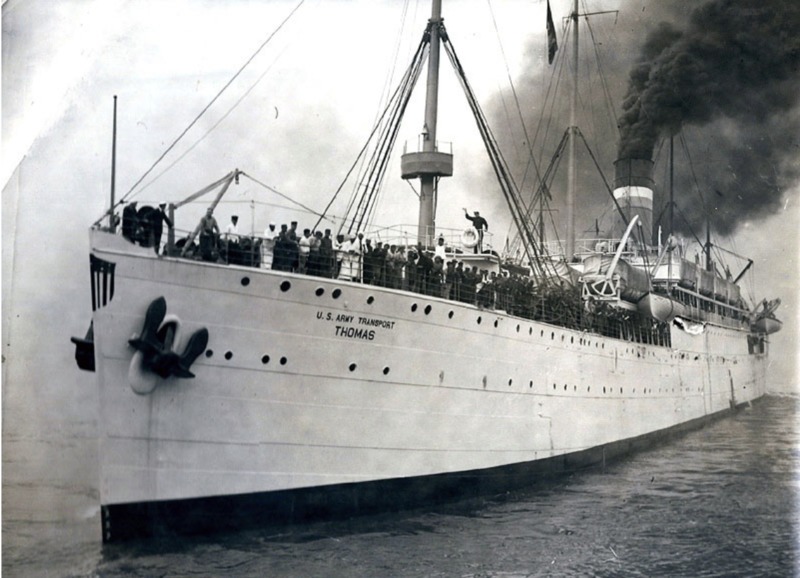
Photo from the University of Michigan
On July 23, 1901, an Army transport ship named “Thomas” departed from San Francisco, California, heading to Manila in the Philippine Islands. The ship was transporting 600 schoolteachers to the new American colony in Asia.
The ship arrived at the dock in Manila on August 21, 1901. The teachers onboard the Thomas were dubbed the Thomasites. All the future ships carrying teachers to the Philippines were nicknamed the Thomasites.
When the teachers arrived on August 21, 1901, there was still some resistance by Filipino revolutionaries in parts of the islands. President Emilio Aguinaldo had only been captured four months earlier. The Philippine-American War was technically not concluded. However, the Philippine Commission under William Howard Taft wanted a transition to American civilian control as soon as possible. The teachers were a key component of civilian rule.
Subscribe to our daily newsletter
The 600 teachers who arrived in Manila had diverse backgrounds. Some were professors at prestigious universities who wanted an adventure. Most were relatively new teachers with a modest education who needed a job. Most of the teachers were male.
Once the Thomasites completed their quarantine in Manila, they were assigned a school, which could be located in Luzon or throughout the Philippine Islands. Most of the teachers completed their assignment and returned to the United States. A few of the teachers spent years in the Philippines and made the Philippines their home.
Spain had some elementary schools throughout the islands, so the new teachers were tasked to expand and improve the infrastructure of the Spanish system. The teachers were under the Department of Public Instruction, which was a unit of the Philippine Commission.
ADVERTISEMENTThe objective of the educators was to establish a public education system that assimilated the students to American culture. The instruction was conducted in English. All the books were written in English.
The teachers’ curriculum included academic subjects like math, science, English and history. The students also received vocational and home economic training. The teachers found that most Filipino students were eager to learn.
Another objective of the Thomasites was to train Filipinos to be teachers in their own towns and villages. The Thomasites established several teacher colleges or normal schools which provided talented Filipinos with higher education. Several of these normal colleges are still in existence today.
Dennis Edward Flake is the author of three books on Philippine-American history. He is a Public Historian and a former park ranger in interpretation for the National Park Service at the Eisenhower National Historic Site in Gettysburg, PA. He can be contacted at: [email protected]
Want stories like this delivered straight to your inbox? Stay informed. Stay ahead. Subscribe to InqMORNING jili no.1
MORE STORIES Liam Payne: Beloved celebrity’s death can be painful – but collective grief can help Curry leads Golden State Warriors in 139-104 season-opening Former Presidents Obama, Clinton urge Fil-Ams in Nevada to vote early Don't miss out on the latest news and information.

